The root of protecting Oakland’s nature
OU’s two nature preserves span about 110 acres of land. Preserving this land not only helps students researchers, but provides a natural habitat for wildlife.
Tangling greenery is slinking into modern high-rise buildings that are sturdy with stilts of steel. This is possibly familiar interpretation of “The Walking Dead,” “The Hunger Games” or most other post-apocalyptic sci-fi movie settings, but this background does not just apply to fictional characters anymore. Some urbanites are taking note of expanding city greenery and even encouraging it.
The U.S. Department of the Interior reports that wildlife conservation and preservation projects overlap on over 53 million acres in the United States alone, many of which have encroaching city areas, including Oakland University’s Biological Preserves. With varying methods, people are not slowing industrialization but remembering what was there before. According to Natural Happiness, nature is needed for clean air, nutrients and a healthy mentality.
Nature preservations are selected from undeveloped land and protected, but minimizing invasive species and implementing habitat restoration is still necessary. Additionally, some cityscapes with daunting prior industrialization have directed efforts alternatively by creating nature to preserve: gardening and reinventing abandoned structures.
“They [nature preserves] are beautiful places to visit and islands of biodiversity surrounded by suburbs,” said Scott Tiegs, Ph.D. and associate professor of biology at OU. “Being in an urban area creates a lot of challenges for effective resource management, though, and you have to be more active. You have to do more.”
Daunting development
OU is home to two nature preserves, known as the Eastern and Western Preserves, that amount to roughly 110 acres together. This land would compare to just over 83 football fields of rolling nature. Every inch of which is open to the public through nature trails. Although appearing effortless with its vast extension, there is more history than meets the eye at this urban oasis.
“Oakland wanted to put in two 18 hole golf courses, and in order to do that, hundreds of acres of forests were cut down to the concentration of faculty, students and others who thought this was a misuse of these beautiful places,” Tiegs said. “Two patches of forests and other habitats were designated as Oakland’s biological preserves.”
The addition of OU’s sprawling golf courses did more than encourage a round on the open green. The up-and-coming facility could also be translated as roughly 300 acres of deforestation. Although the preserves offered some amendment, their protected nature only allots to roughly a third of the golf courses.
OU is not shy to begin building projects, as there is projected to be 1.2 million square feet of renovation between 2015 and 2025, according to the master renovation plans. This will cater to the growing enrollment: an 8.7% increase since 2008, shown in the Public University Summary Data. However, some students caution utilizing Oakland’s natural space too extensively.
Educational edge
“Protecting the nature in the area is really important, not only for aesthetic reasons — it’s nice to look at, and it’s relaxing — but also for all the different services it provides to everyone,” said Megan Jamison, a post-bachelor OU student with a Bachelor of Arts in environmental science.
Some classes, in fact, incorporate the nature preserves with hands-on research and hiking opportunities. Over half of the population prefers hands-on activities when learning so students are accordingly partial to the nature preserves, according to Supporting Education.
“The best approach is hands-on, and having the ability to conduct research and recreation in an area like the biology preserve is a great way to expand as an individual,” said John Hart, an OU senior studying environmental science.
OU’s nature has helped produce scientific publications by students or faculty every year since 1980, according to university records. Because of its educational value, students and faculty are appreciative and watchful of the available natural land within the city.
“I really want to help maintain the natural areas on campus,” Tiegs said. “I think the preserves are pretty safe for the next 10 or 20 years, but there are lots of other natural areas on campus that are not. I worry about the areas on campus that are not within the preserves.”
Caring for unprotected nature
There are spaces that have been developed or have plans for development, but environmentalists are holding onto nature. Even through the most industrial construction, there are plants being weaved into the landscape with gardens and other controlled nature immediately outside campus buildings.
“I definitely think there can be a balance between the two [gardens and preserves],” said Kaleigh Snoddy, an OU junior studying environmental science. “In heavily urbanized areas, it’s probably easier and more realistic to have gardens, but I do think that in general we need to make more of a priority to preserving the existing natural resources.”
Despite natural environments being a priority, the sites of lengthy buildings with prim cement lines cannot easily include nature. O’Dowd Hall, for example, has been free of any substantial naturally occurring wildlife since 1978 when OU recorded construction began. However, the Pollinator Conservation Club has recently stepped in to facilitate the creation of gardens.
“It definitely makes for a beautiful scene outside of O’Dowd,” said April Sonnenburg, Secretary of the Pollinator Conservation Club at OU. “In urban areas, it’s hard to remember trees, flowers and plants of all kinds are supposed to be there. When we keep that extra lifeline [gardens] there, it helps people remember how important it is to the Earth and us.”
What next?
A slight brushing is in the distance as a deer takes a mesmorized stare at students flooding down the sidewalks for another class period. With a fluid motion, the deer swoops back into swaying threads of green brush. This is a familiar scene at OU because of the natural habitats still available to wildlife within rivers of paved pathways and modern architecture.
The current environmental projects on campus have been achieved through people simply taking notice. What does that mean to take notice though: caring for our nature preserves, becoming an activist or creating nature where it’s been absent? Each of these roles has contributed to OU’s nature.
“Although the world is constantly growing, we need to remember where it all started,” Sonnenburg said.
Because of select students and faculty, OU is being pushed to balance development and natural preservation. The conversation is not over between the two, though.
“Our current rate [of development] is still incredibly unsustainable,” Snoddy said. “We need to respect the resources that we are growing on.”





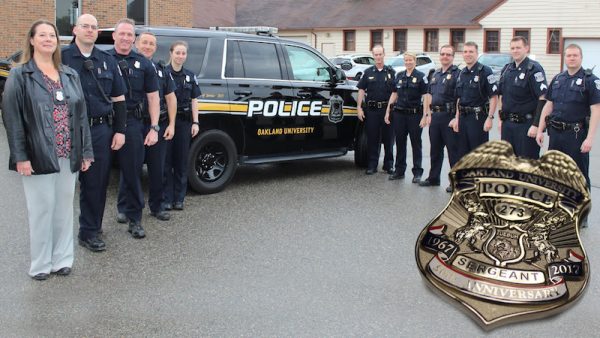
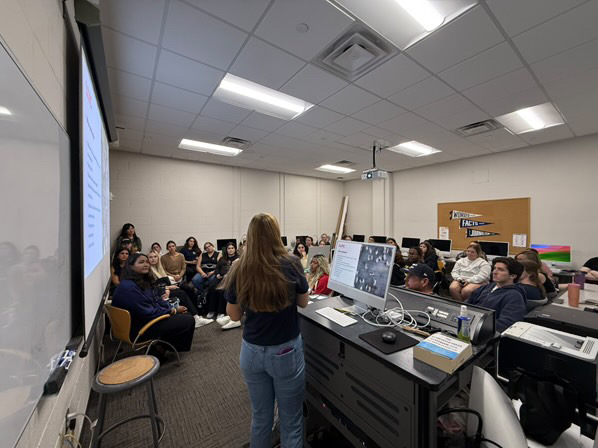
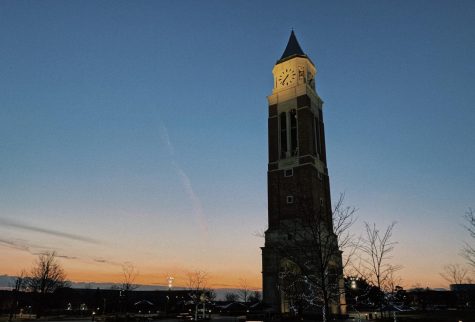


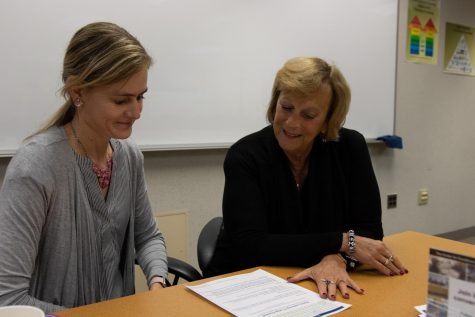
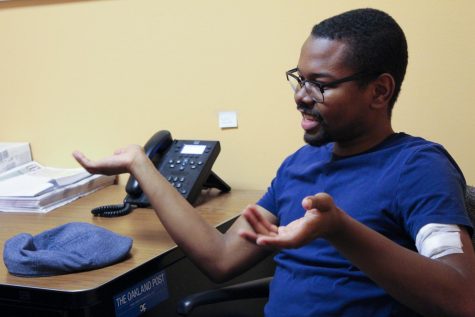
Dwight Franklin Pseudonym • Jan 12, 2022 at 2:34 AM
I am an OU alumnus who very much hopes that the two biological preserves will be reconnected and expanded.
The campus has been over-developed in my view. It used to be gorgeous when I attended, but with every passing year, it has begun to look more and more like an average, run of the mill college campus.
Building two golf courses was a terrible idea. I’m ashamed that my alma mater chose to waste huge areas of the campus in this way.